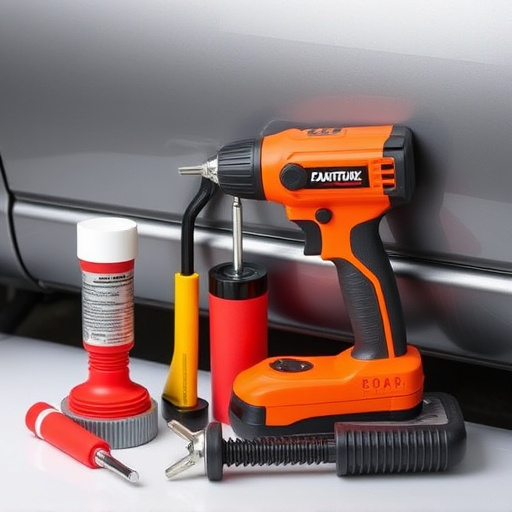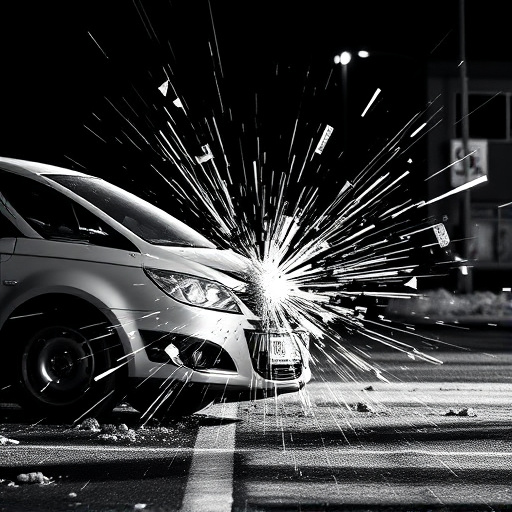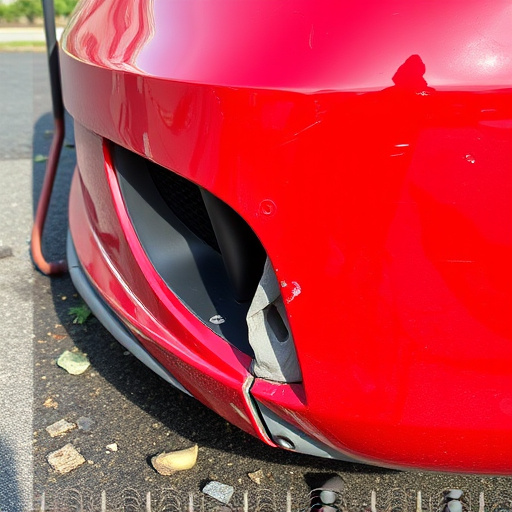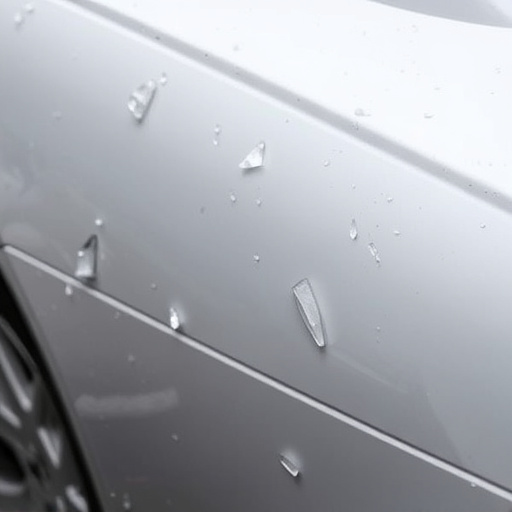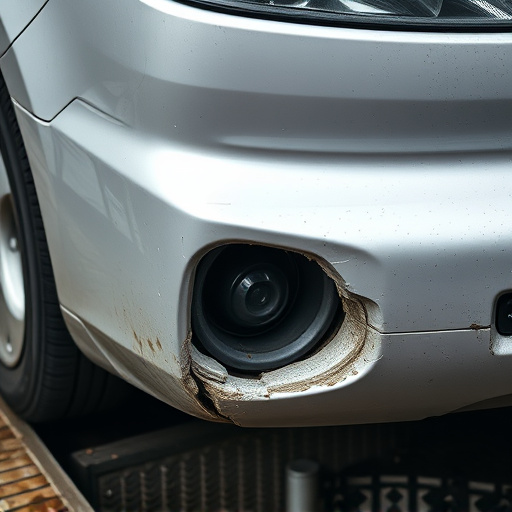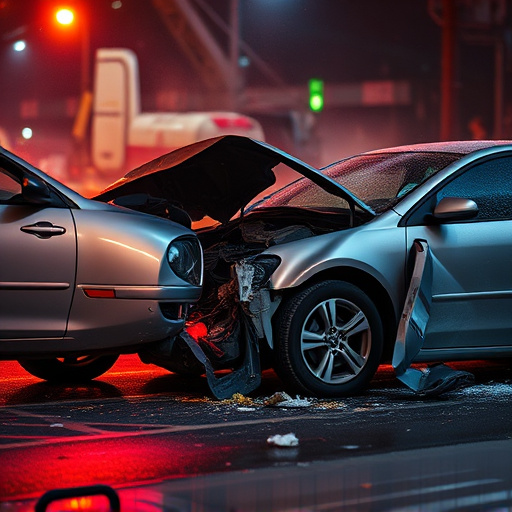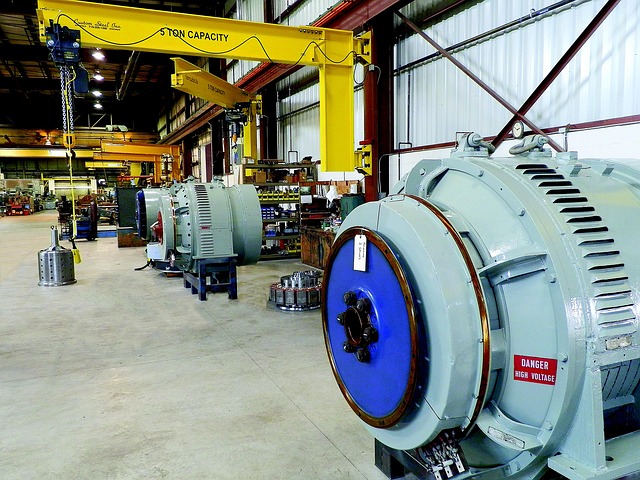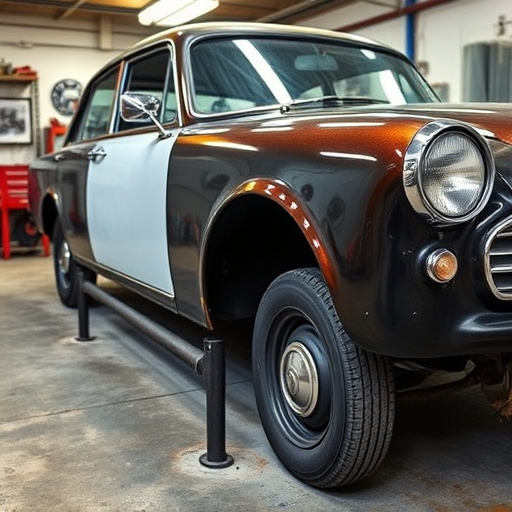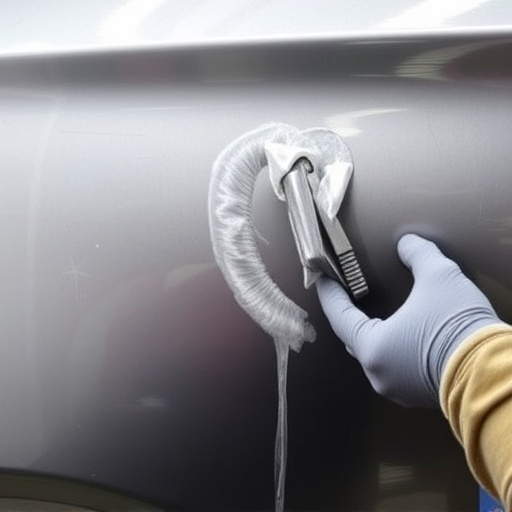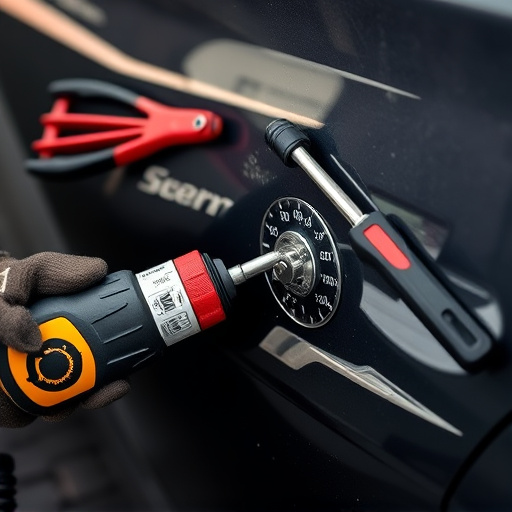Flood damaged vehicle repair presents challenges but offers specialized solutions. Water intrusion causes short/long-term issues across various components, with corrosion impacting structural integrity. Skilled technicians employ rigorous safety procedures, advanced technology, and high-quality parts to restore vehicles. Comprehensive assessments, proper drying techniques, and anti-corrosion treatments ensure long-term reliability and safe operation. Prioritizing these aspects mitigates risks from subpar repairs, restoring pre-disaster condition and functionality.
Flood-damaged vehicle repair is a critical aspect of automotive care, impacting both safety and reliability. In regions prone to flooding, vehicles often face water infiltration, leading to structural and electrical hazards. Understanding the extent of flood damage is crucial before initiating any repair. This article delves into the complexities of flood damaged vehicle repair, exploring safety measures, best practices, long-term effects, and preventive strategies. By adhering to these guidelines, you can ensure your vehicle’s safe restoration and enhanced performance post-repair.
- Understanding Flood Damage Impacts on Vehicles
- Repair Process: Safety Measures and Best Practices
- Restoring Reliability: Long-Term Effects and Prevention
Understanding Flood Damage Impacts on Vehicles
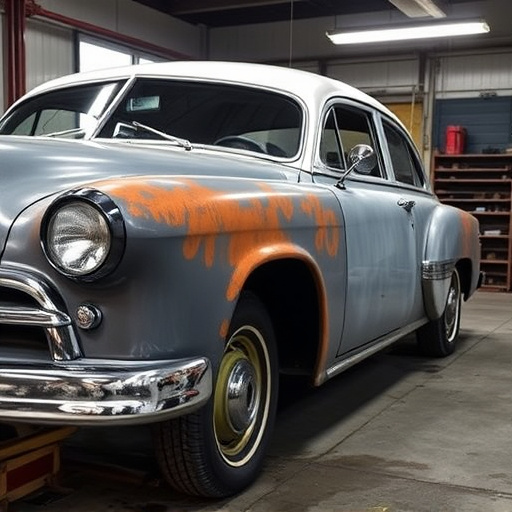
Flood damage can have severe and complex effects on vehicles, making it a critical concern for both owners and auto repair specialists. When a vehicle undergoes flooding, water infiltrates various components, leading to potential short-term and long-term issues. The impact of floodwater varies depending on its depth and the duration of submersion. Even shallow water can cause damage, but deeper floods pose more significant risks. Water can penetrate through doors, windows, and vents, affecting electrical systems, engines, and interiors. Corrosion is a common issue, as metal parts can rust over time due to moisture exposure, compromising structural integrity.
Moreover, flood-damaged vehicles often require specialized services like classic car restoration or vehicle body repair to restore them to their pre-flood condition. Auto repair services play a vital role in mitigating safety hazards by addressing mechanical failures and ensuring reliable performance. Skilled technicians employ advanced techniques to assess and rectify damage, from drying out affected areas to replacing compromised parts. Efficient flood damaged vehicle repair not only restores functionality but also enhances overall reliability, ensuring that vehicles return to the road safely and efficiently.
Repair Process: Safety Measures and Best Practices
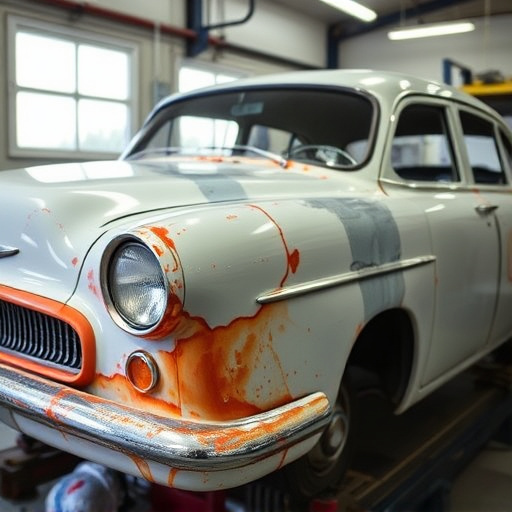
The flood damaged vehicle repair process involves several safety measures to ensure both workers and future car owners are protected. First, skilled technicians use specialized equipment to thoroughly dry out the affected components, preventing mold growth and structural weaknesses that can compromise safety and reliability. Next, they meticulously assess each part, identifying those suitable for reuse or recycling, while others are replaced entirely. This meticulous process ensures only fully restored and safe components are used in the repair.
Best practices in flood damaged vehicle repair include using high-quality replacement parts that meet or exceed original equipment standards, adhering to manufacturer guidelines, and following strict quality control measures. Reputable collision centers also invest in advanced technology for precision repairs, such as computer-aided design (CAD) systems and laser measurement tools, ensuring accurate alignment and seamless integration of repaired sections with the car’s existing bodywork. These comprehensive safety measures contribute to a vehicle’s longevity and overall reliability after experiencing flood damage.
Restoring Reliability: Long-Term Effects and Prevention
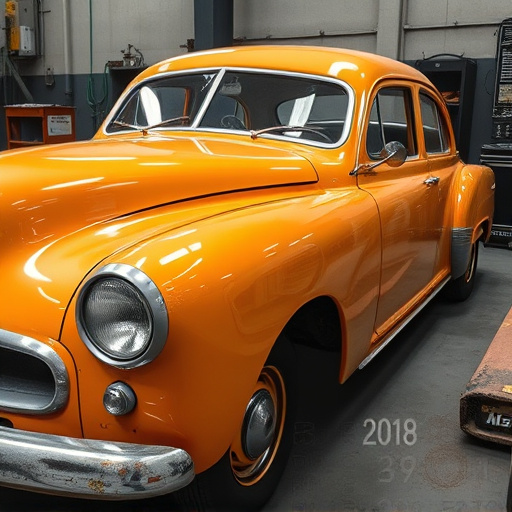
Restoring a flood-damaged vehicle to its pre-disaster condition is a critical step in ensuring safety and reliability on the road. Beyond the immediate visible repairs like dent repair and auto glass replacement, extensive interior and electrical systems checks are essential. Water intrusion can lead to corrosion, damage to sensors, and faulty components that could compromise vehicle performance and safety features.
Long-term flood damaged vehicle repair effectiveness hinges on comprehensive assessments and meticulous restoration processes. Proper drying techniques, anti-corrosion treatments, and rigorous testing after collision repair are vital to prevent future issues. By addressing these aspects, owners can regain not just the vehicle’s aesthetic appeal but also its dependable and safe operation, minimizing the risks associated with shoddy repairs or overlooked damage.
Flood damaged vehicle repair is a complex process that demands meticulous attention to safety and reliability. By understanding the impacts of flood damage, implementing best practices during the repair process, and considering long-term effects, we can ensure that restored vehicles are safe and reliable. Adhering to these guidelines not only protects consumers but also promotes the integrity of the automotive industry as a whole. Remember, when it comes to flood damaged vehicle repair, thoroughness is key to preserving safety and reliability.

